Undeniably Bolivia’s most mind-blowing carnival!
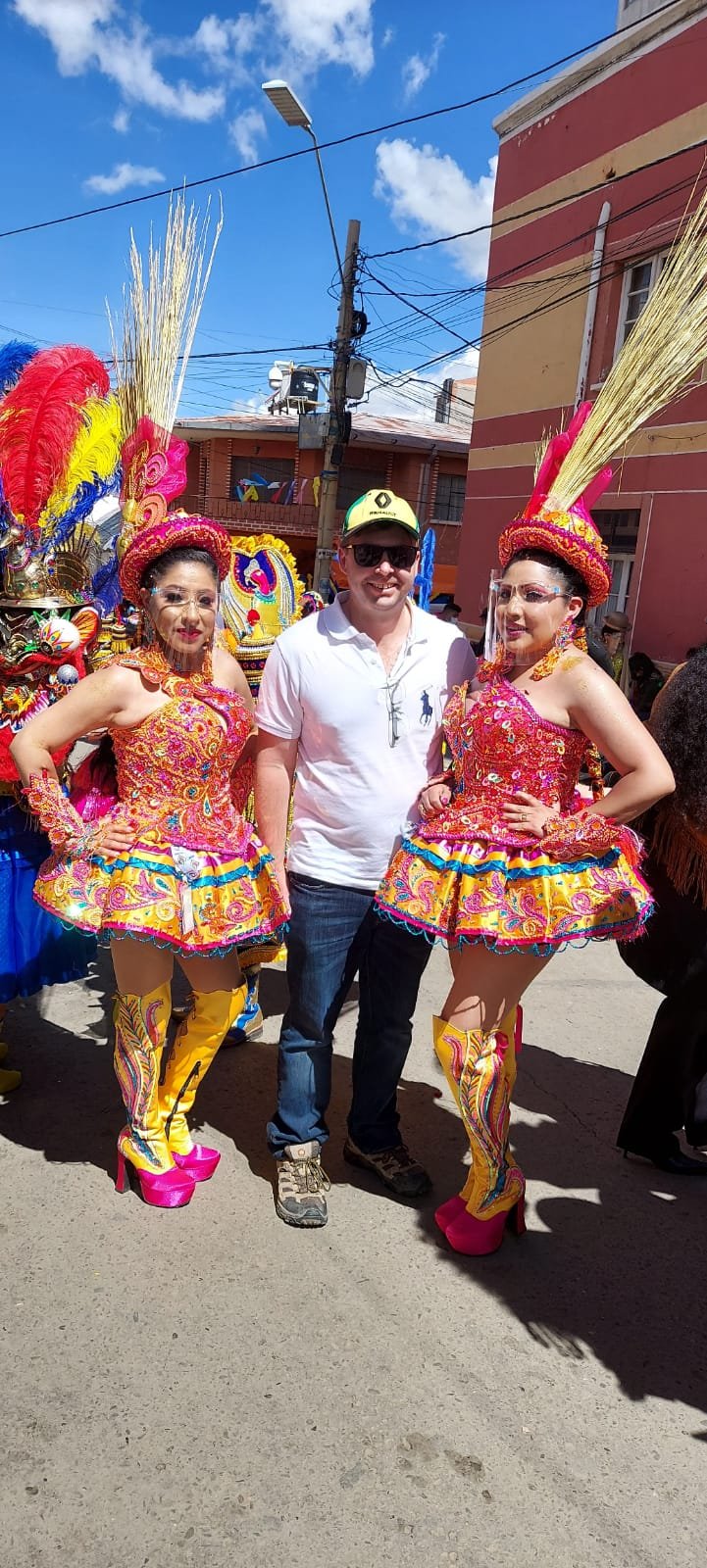
Bolivia’s biggest cultural and religious festival is held every year in February, in the Altiplano city of Oruro. Located just a 3-hour bus ride from La Paz, the Carnival Oruro is an unbelievable cultural spectacle! It consists of a parade of flamboyant, colorful and complex costumes from all over Bolivia. These elaborate costumes have significant cultural, religious and historic value to the Bolivian people. Paired with many beautiful costumes are amazing dancing and music that adds to the superb spectacle. I strongly suggest that you plan your trip to Bolivia in February to experience this phenomenal spectacle!
Why are they dressed like that?
The costumes that you will see at Carnival Oruro are a consequence of historical events in Bolivia. Originally the event was purely an Andean cultural event. However, with the Spanish Conquers taking control, in the 17th Century it was banned in its original Andean form.
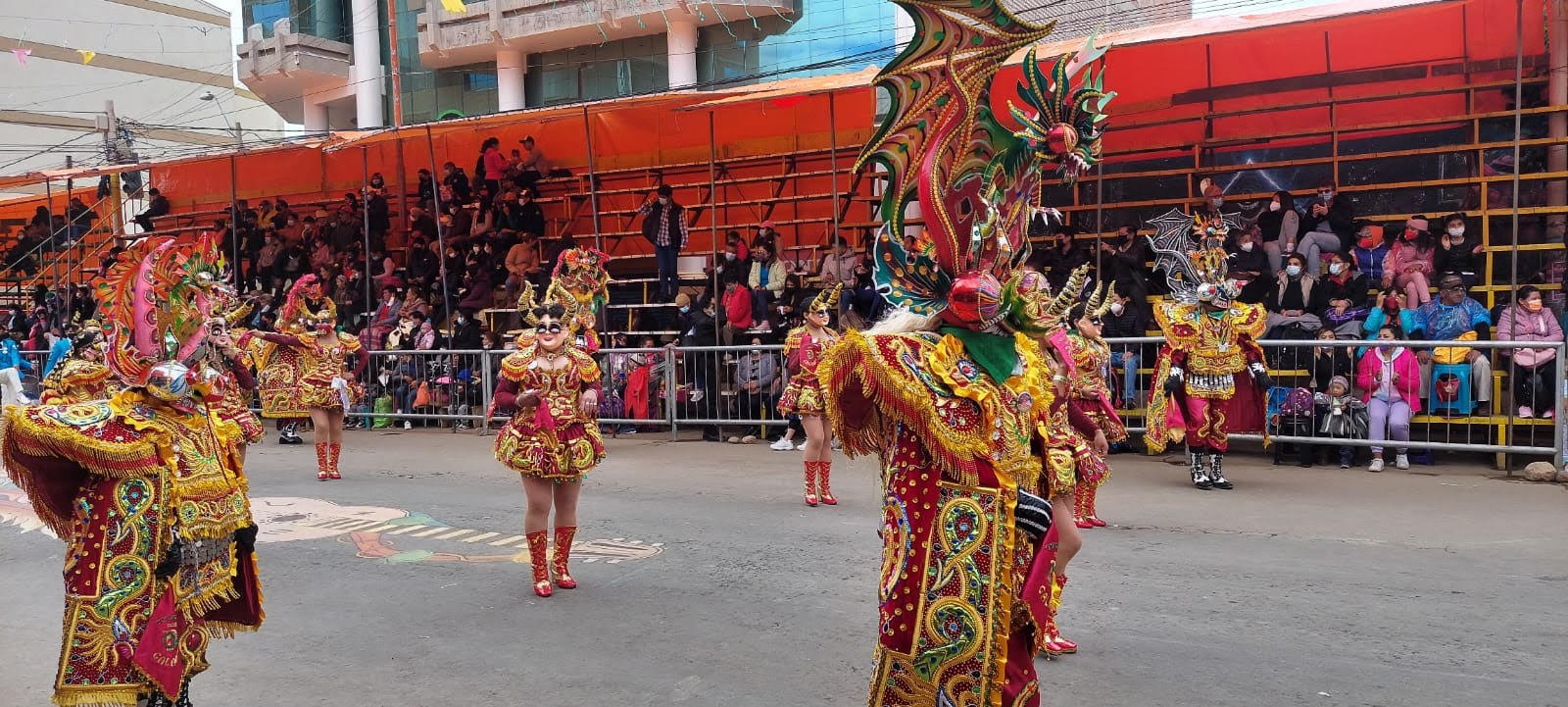
However, the local Andean population maintained elements of their cultural beliefs by incorporating elements Spanish Catholicism into their festivals. They included elements like the Devil, Angels and integration with Catholic churches. This appeased their Spanish rulers and thus the Carnival evolved over time to what we see today! A blended celebration of Andean and Catholic spiritual beliefs and customs.
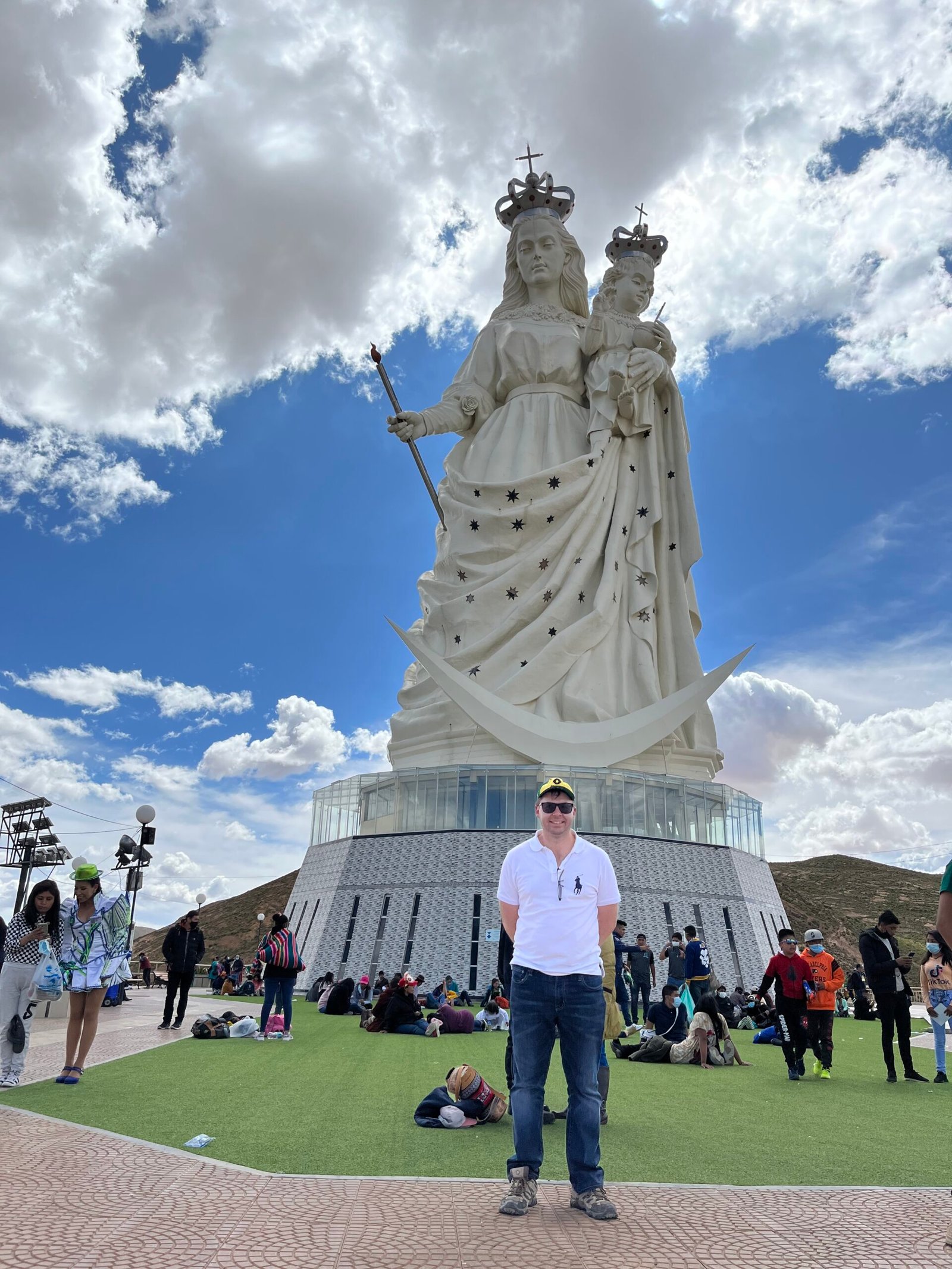
The unbelievable cultural Spectacle Itself!
The carnival Oruro takes place every year around late February or early March each year. The depends on the Catholic start date for Lent. Although the official event lasts for several days, it culminates with the start of ‘The Main Parade’ (Entrada Folklorica). This usually occurs on a Saturday it consists of a 20-hour unbelievable cultural spectacle starting at 7am! Over 28,000 dancers, 150 bands and thousands of musicians take part in this cultural extravaganza!
The parade starts on the ‘Avenida 6 de Agosto’ where small temporary grandstands are erected for better viewing. This is the widest part of the parade and offers the best viewpoints for watching the parade. This will come at a price 100-300bs depending on the seat location, but it’s strongly recommended. It’s what we did when we went there.
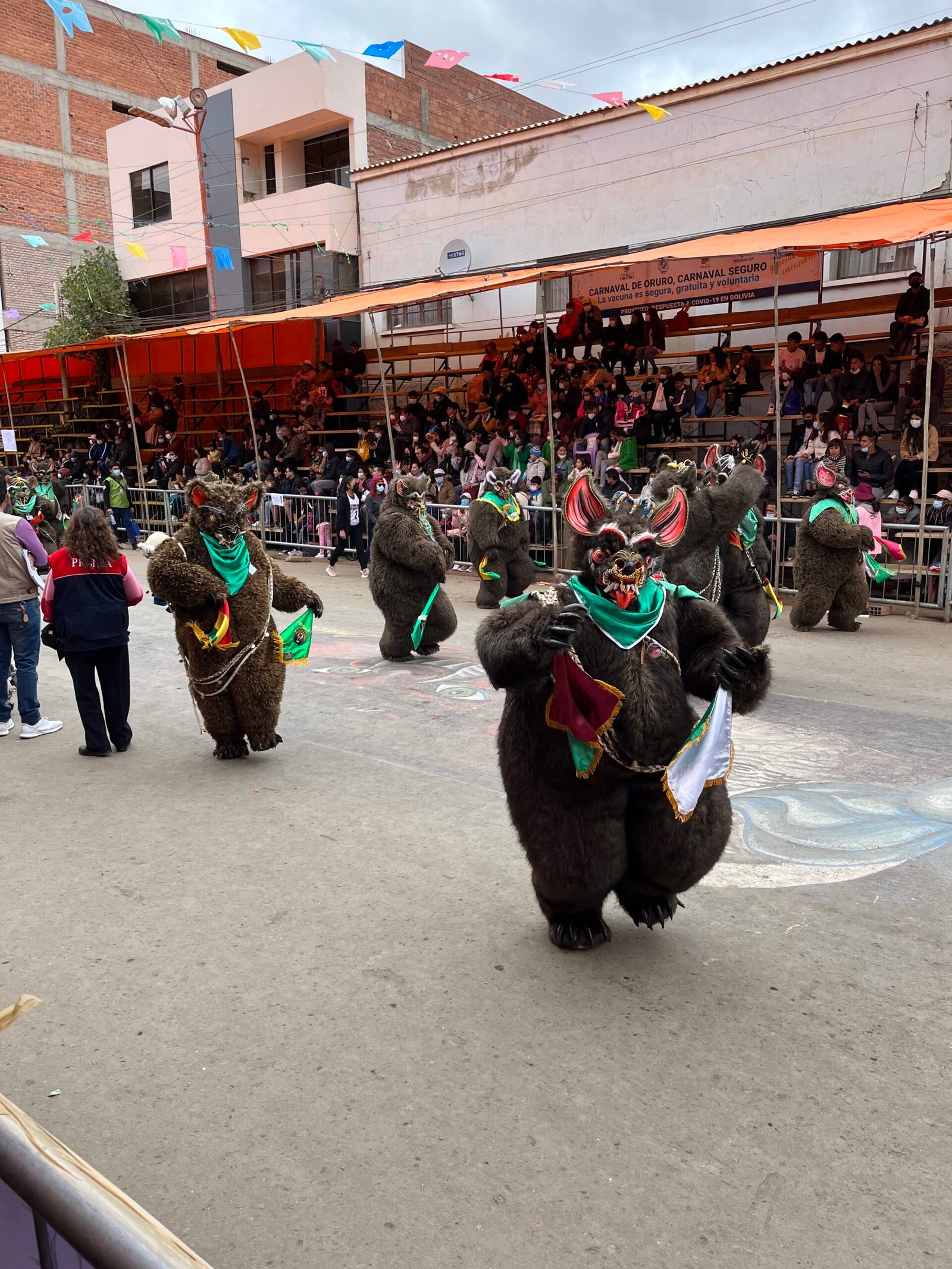
Behind the stands you will find restaurants to eat, and people will walk around selling snacks, alcohol and other drinks. Try and spend a few hours here at least as it’s the most comfortable part to view the festival and offers the best viewing experience.
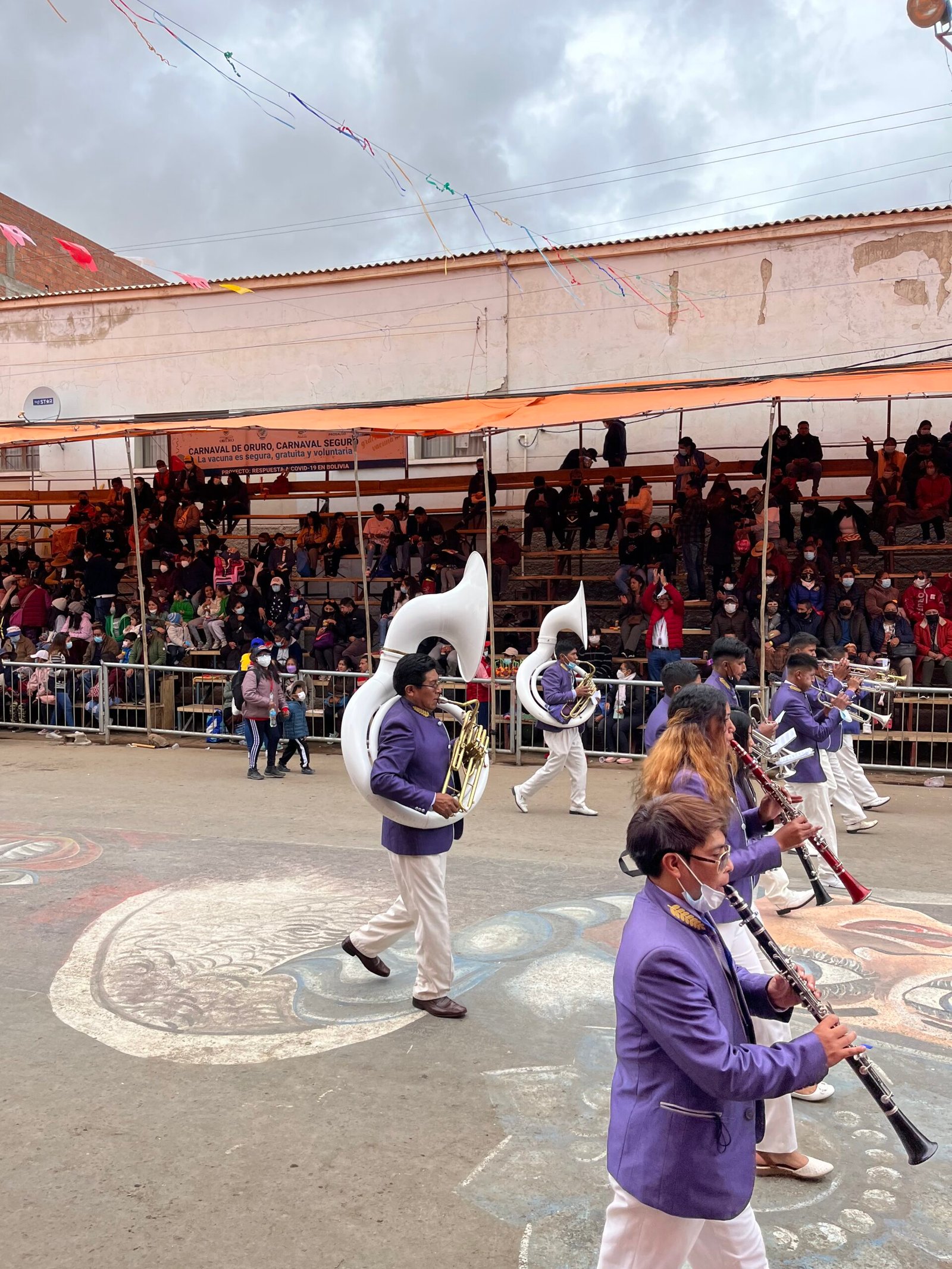
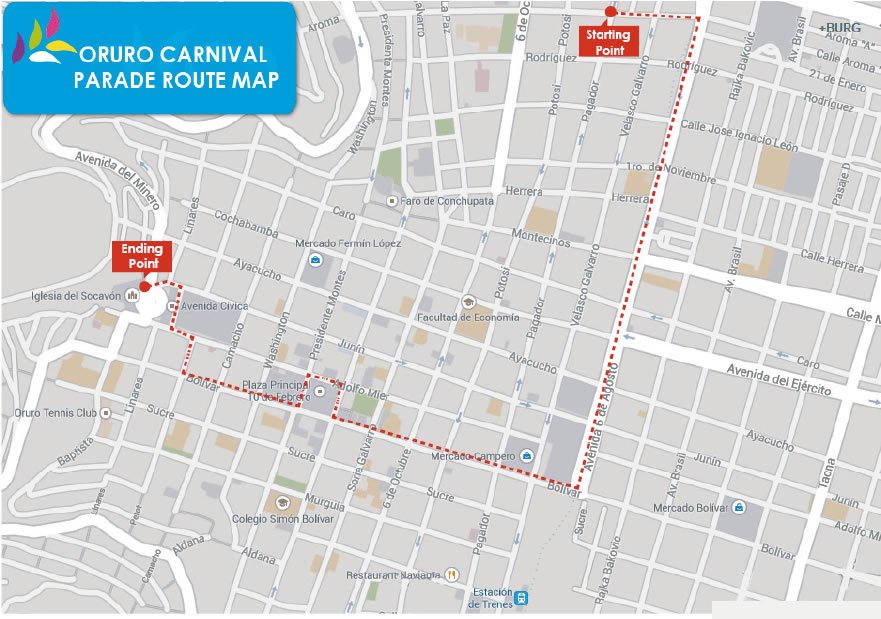
Venture Further into your Unbelievable Cultural Spectacle!
Once you have experienced the parade in the ‘6 de Agosto’ street, many other experiences await. From here start walking down the end of the street and turn left at Bolivar Street. Here your experience will change as the streets are much narrower and they will get more crowded.
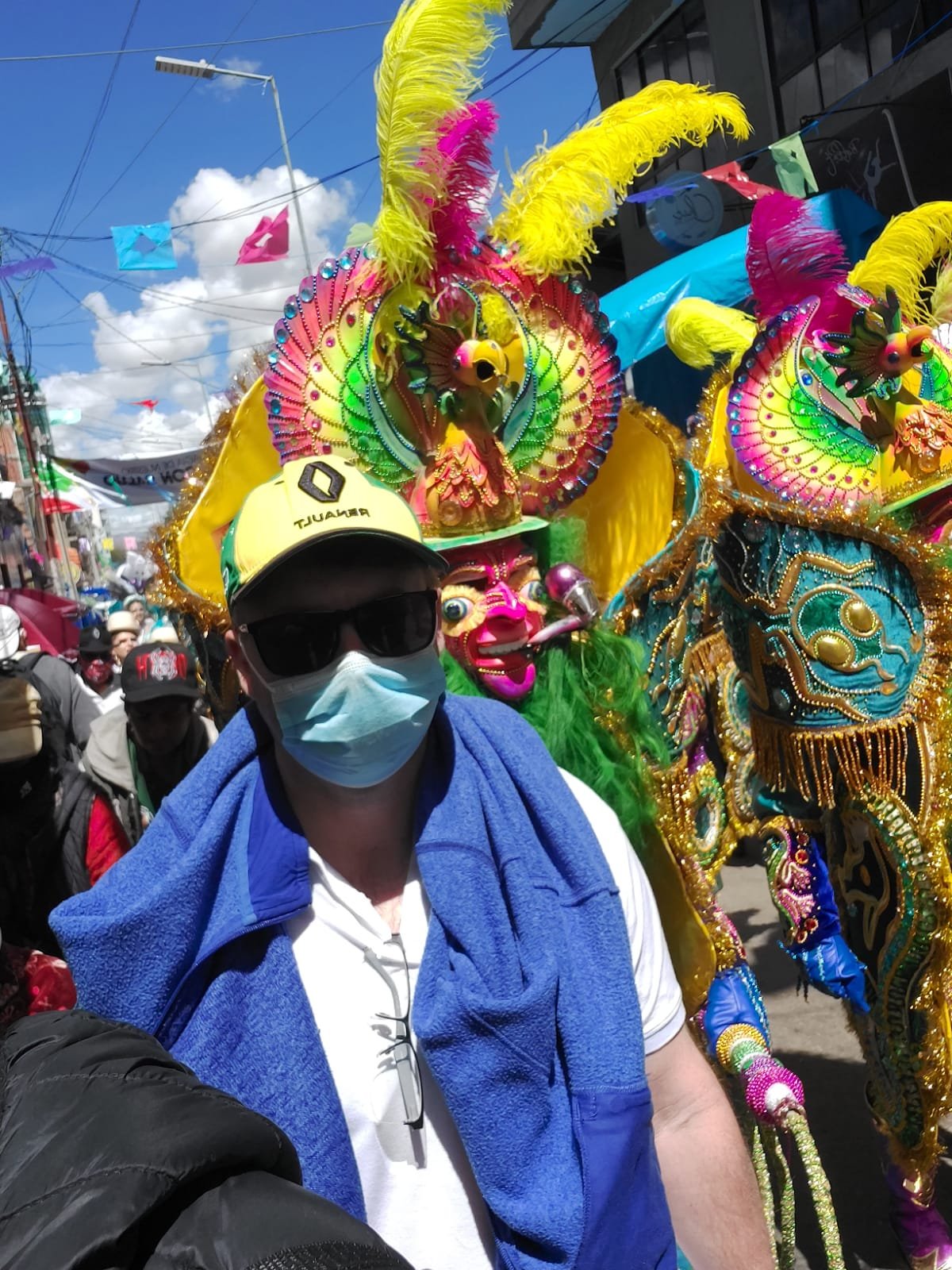
Some might see this as a negative, but we found it was a great opportunity to get up close and chat with some of the dancers! Also, they were happy to pose for some photos too! Just be patient with the crowds and politely ask if you can take a photo with the dancers. Everyone we asked said yes!
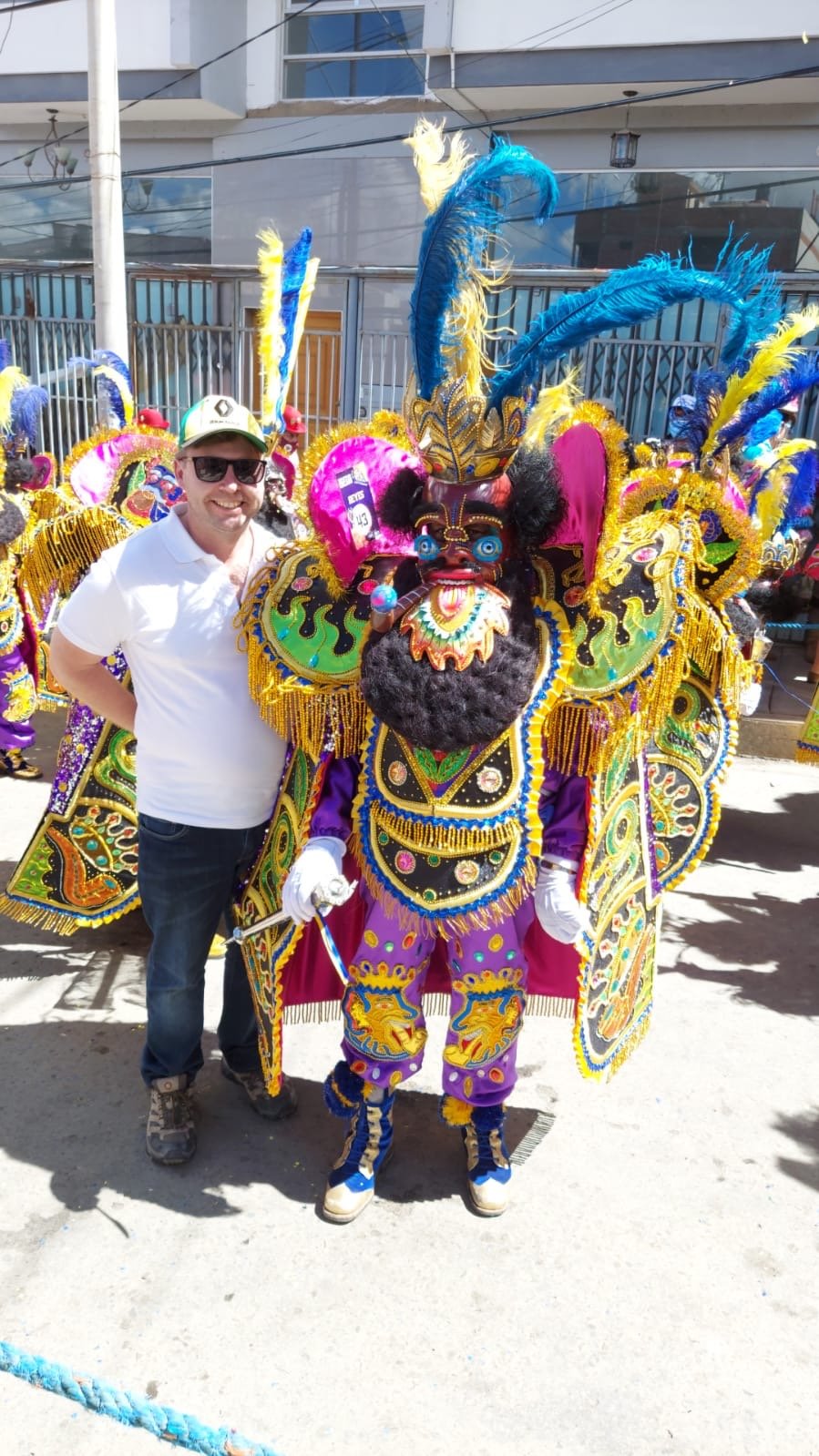
As you walk along Bolivar Street you will arrive at Plaza Principal 10 de Febrero, here the parade will loop around and rejoin Bolivar Street. In the plaza we experienced many children and adults having fun spraying each other will foam-filled water pistols! Unluckily Via my partner copped a bit of the crossfire!
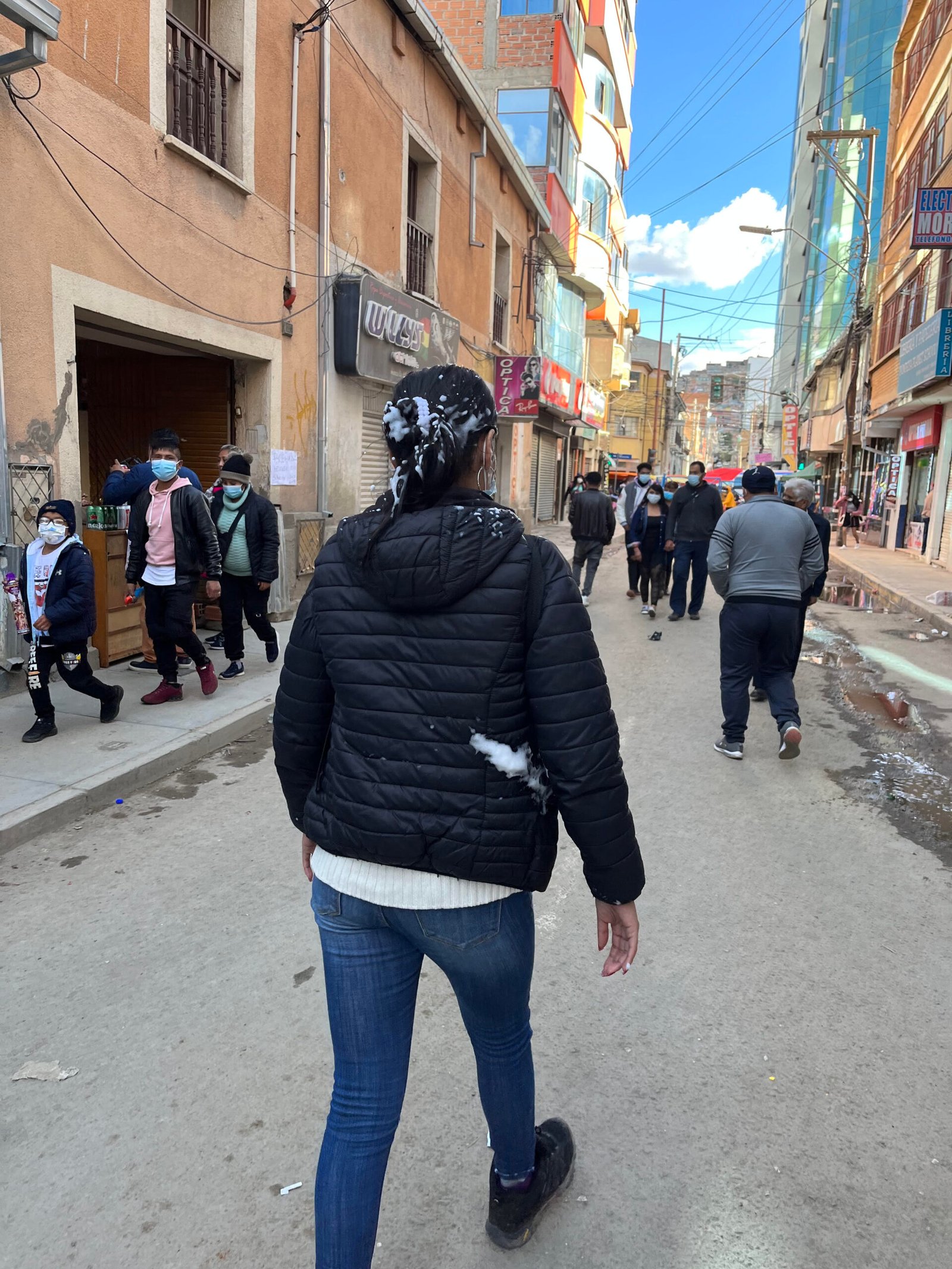
Continuing on into Bolivar Street, the parade makes a right turn at Petot Street, then a left turn into Adolfo Mier Street. Here we experienced many dancers queuing up to enter the principal area where the parade terminates. That is Avenida Civica, the Plaza Socavon and the Santuario de la Virgen del Socavon. There were more photo opportunities to be had here, and many dancers were friendly and were willing to take photos!
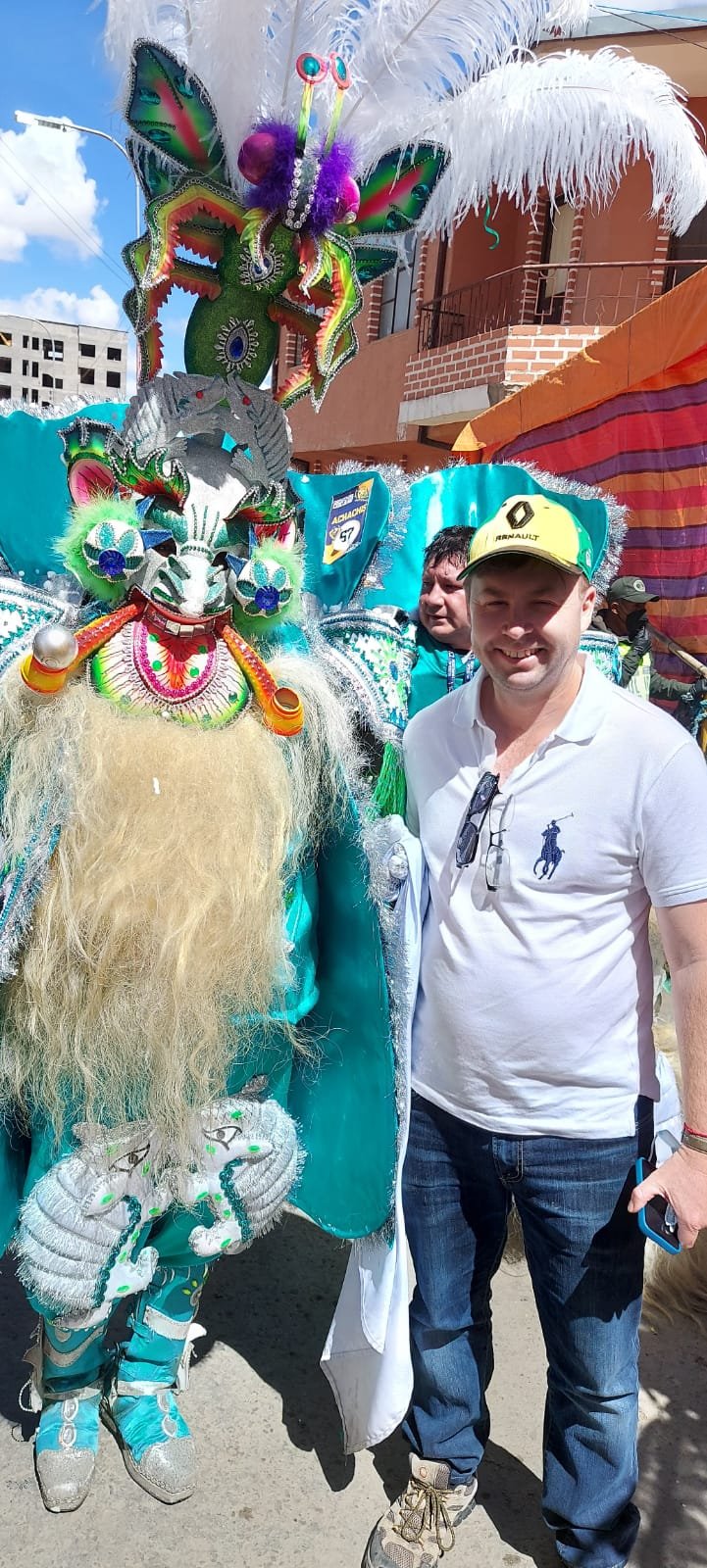
The Carnival Arrives as its Final Destination
Once the dancers arrive at Avenue Civica they will enter a more open area with a large grandstand to the side. After this they will enter the Plaza of Socavon where the dancing and celebrations formally end. However, after this the dancers will enter the adjacent church, Santuario de le Virgen del Socavon to pray. They pray to the Virgen del Socavon for blessings what they desire in their life as a reward for their devotion. This devotion is shown through their dancing and preparation of their intricate costumes!
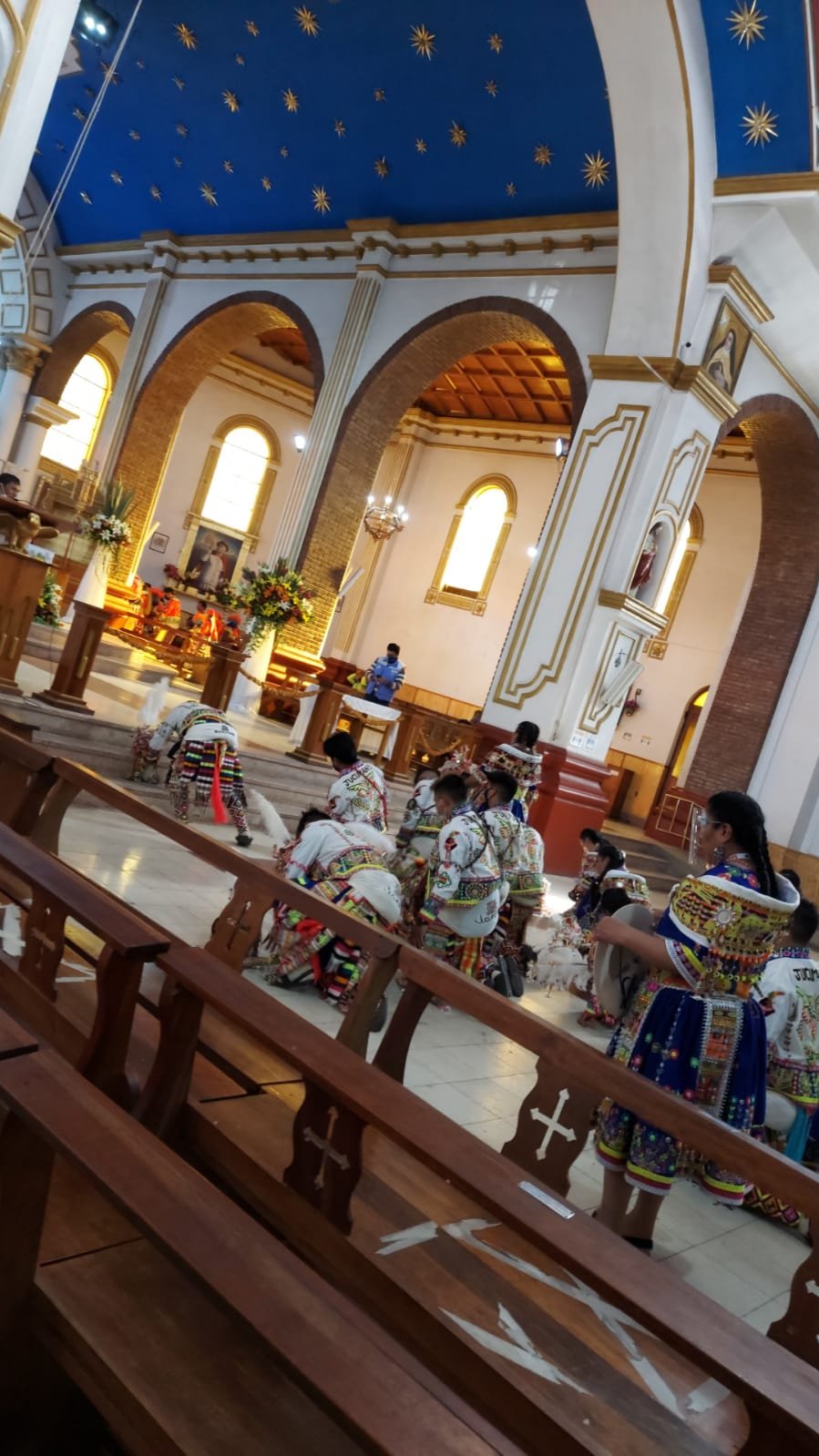
This was a very interesting part of the experience for us. What was most interesting was when the dancers crossed from one side of the alter to the other walking on their knees! Whilst they were doing this they would pray for their desires and hopes for the future. My partner Via told me it’s a sign of respect to Virgen del Socavon. To see the decidation and devoution of these dancers was truly amazing and it’s an experience we won’t forget.
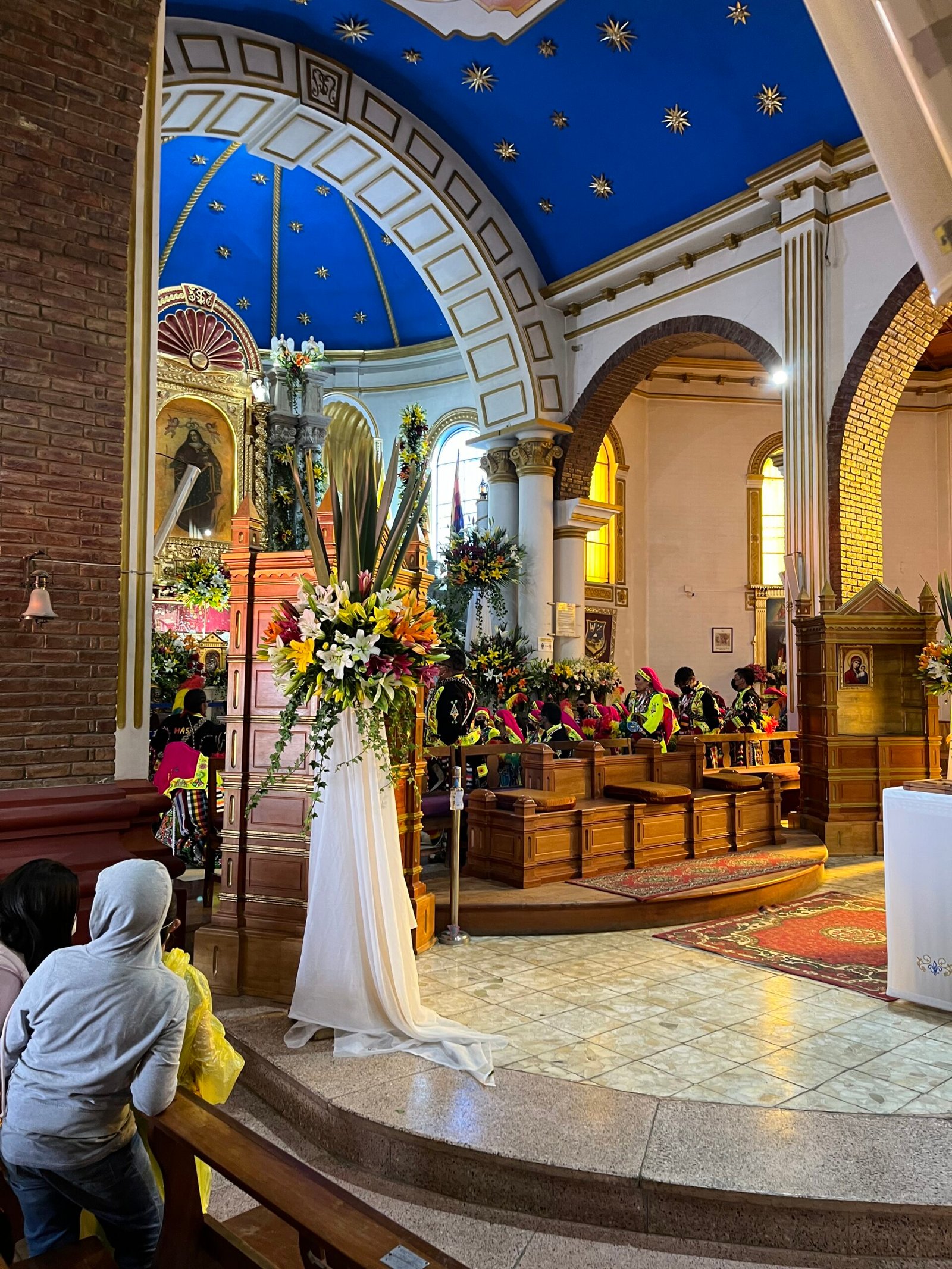
Once leaving the church, I recommend you savour the experience for another hour or so, taking photos with some of the dancers with their permission. This area will probably be crowed so take your time and enjoy the Bolivian travel experience Oruro has to offer!
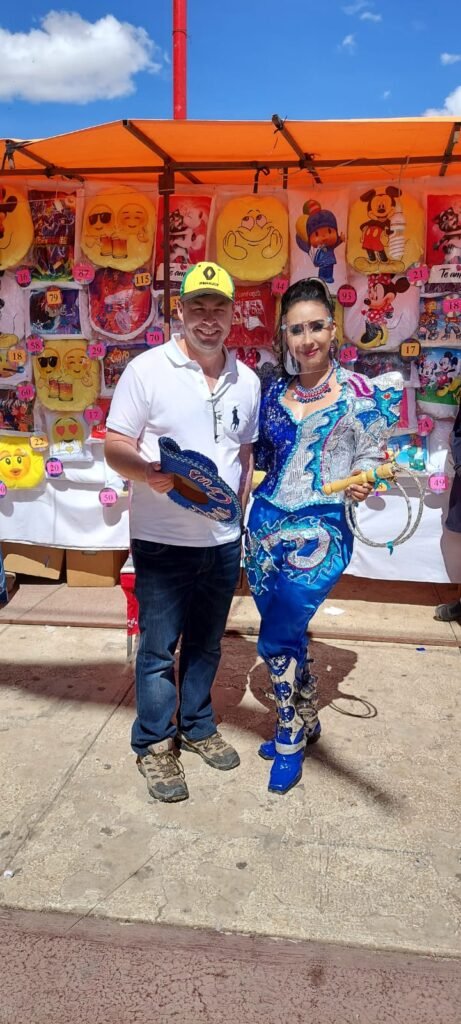
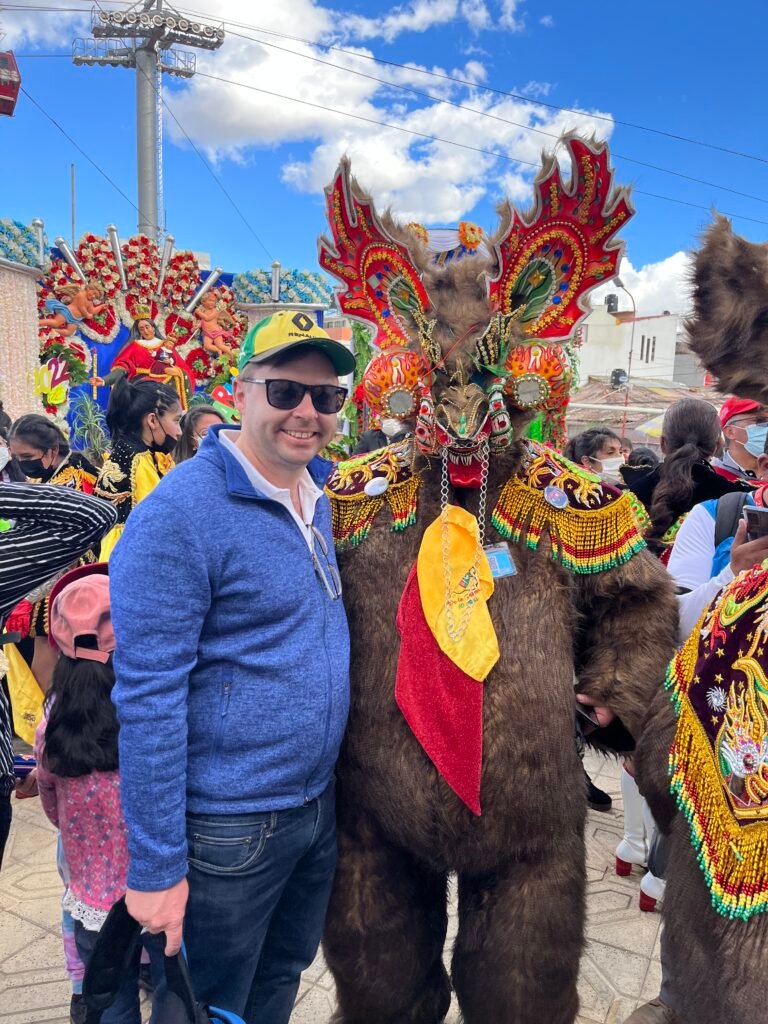
Have a break from the Unbelievable Cultural Spectacle
After spending many interesting hours in the Canival Oruro, you should take a break from the crowds. Next to the Plaza Socavon, is the teleferico cable car station. From here you can take the Teleferico to the Virgin of Socavon Momument. This Monument is perched on top of a large hill and offers amazing views of Oruro and its surrounding landscape. The prominent feature is the statue of Virgin of Socovon, an enormous and impressive site! Snacks and drinks are available to purchase. There are also toilet facilities.
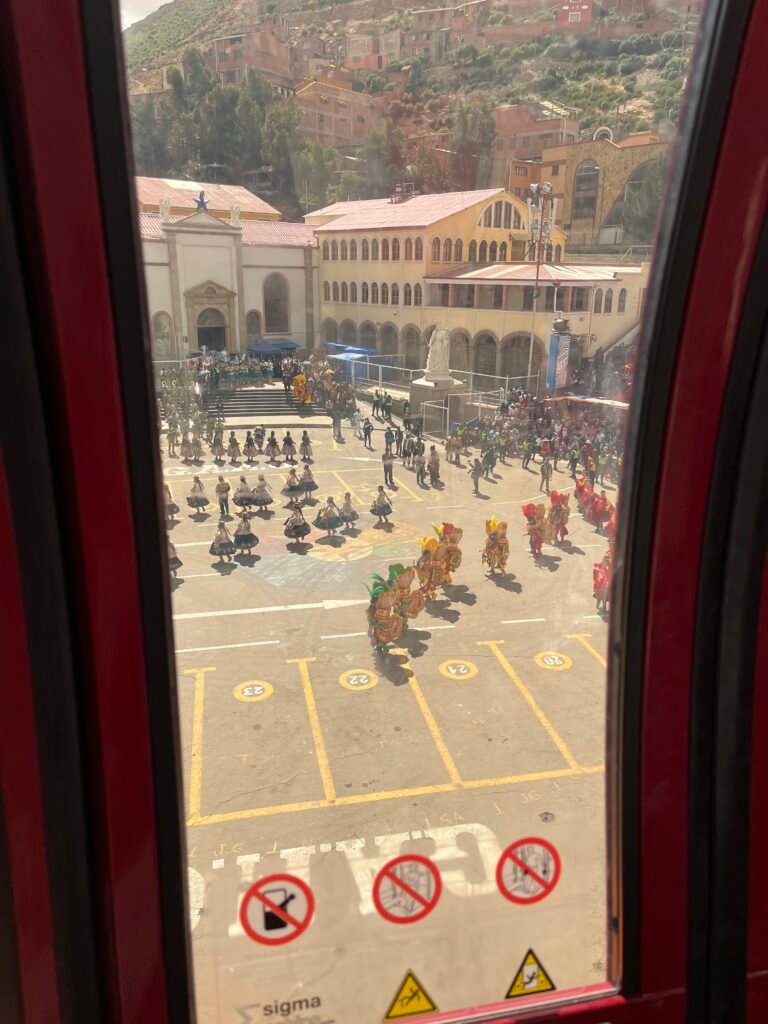
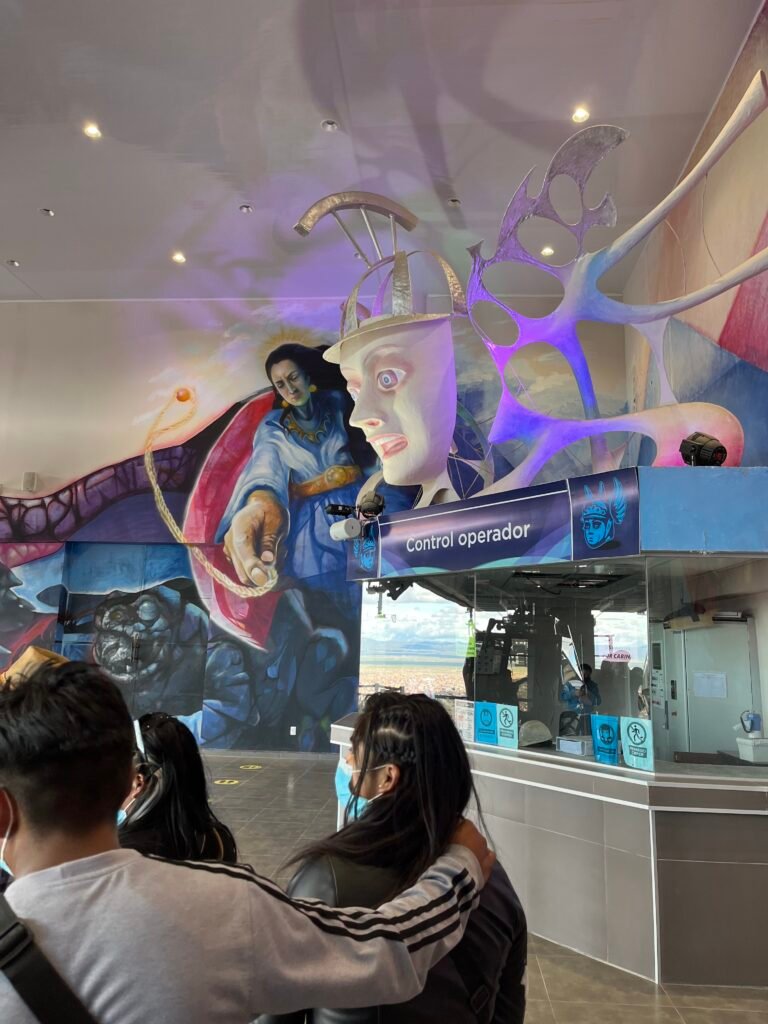
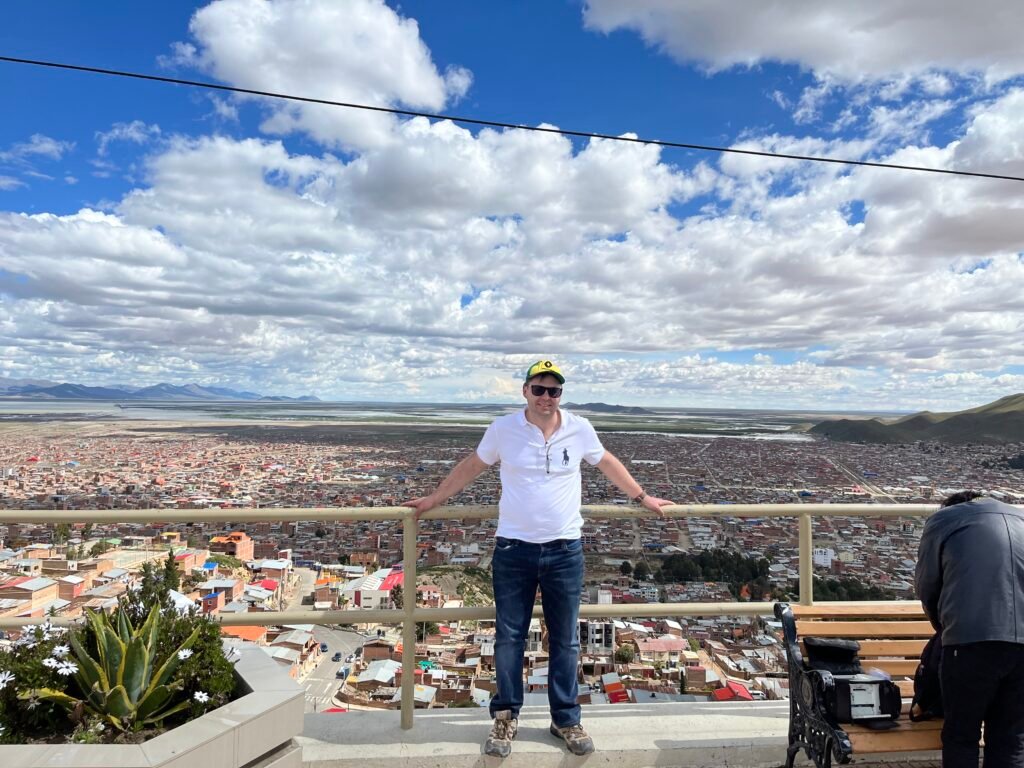
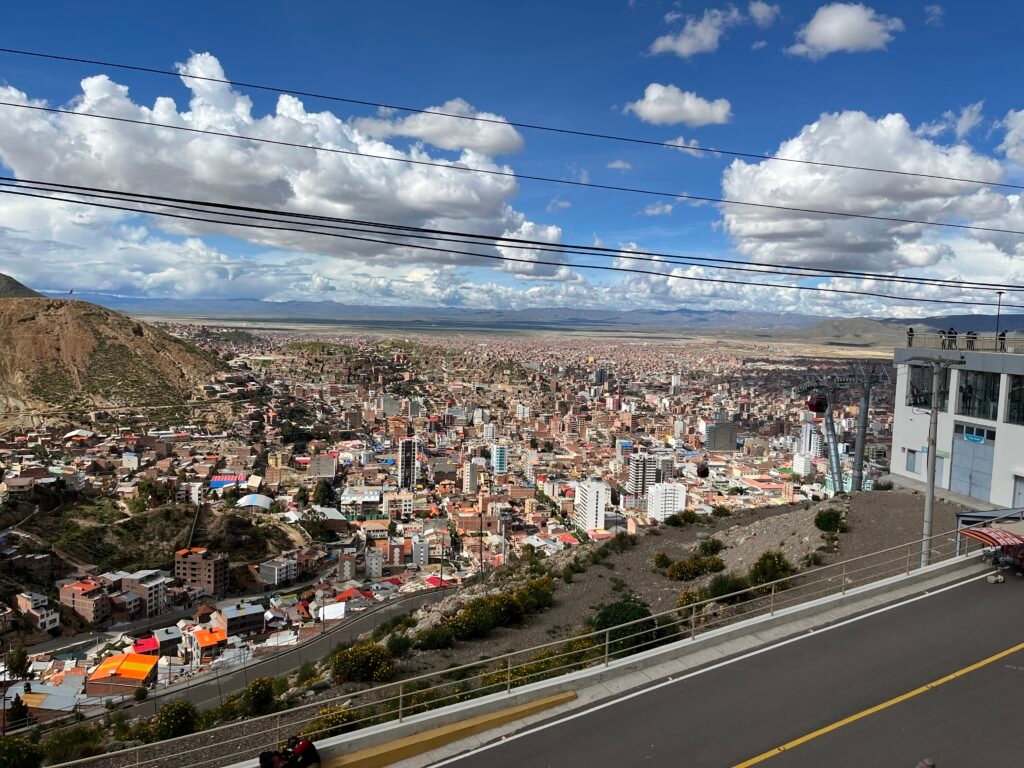
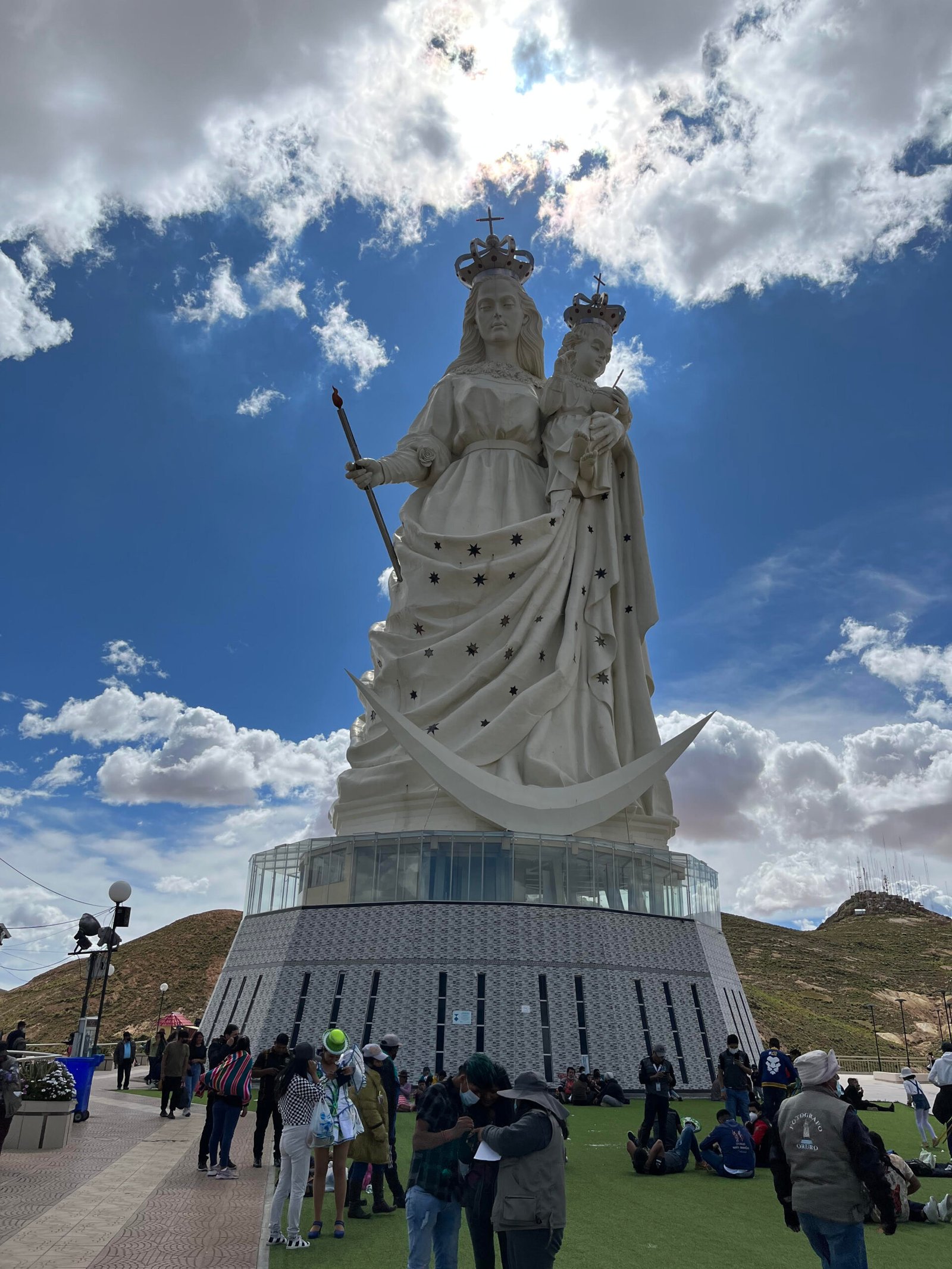
What should you bring?
- Hat
- Sunscreen (the Sun is strong at higher altitudes)
- Bottles of Water
- Enough cash to last for the day (ATM are unreliable with cash supply)
- A Poncho or Umbrella for possible rain
- A small backpack
- Comfortable walking shoes
General Tips
- Being Bolivia’s biggest cultural event, hotels are difficult to find and expensive if you book at the last minute. So, we suggest you book ahead as early as possible!
- If you can’t get a hotel don’t stress! What we personally did for Oruro Carnival experience was to arrive from La Paz early and leave at 10pm that night by Bus back to La Paz. It was a long day, but it worked out nicely! If your short on time this could be a good plan.
- Use your common sense and be prepared for pick pockets as with any crowded event.
- Be careful with the food as it may be toxic. Go to restaurants that are busy and look clean.
Best Way to Get to Oruro
Your best bet to get to Oruro is by bus. From La Paz buses leave early in the morning from 6am and are more frequent during the Carnival Oruro. The journey from La Paz takes about 3 hours. Buses depart from the La Paz Bus Terminal in the Central part of the city. You could also arrive easily from Uyuni and the Salt Flats and it’s only an hour bus ride away. After Oruro you could depart to Uyuni and the Salt Flats, Potosi or Sucre to continue for Bolivian Travel Experience!
The Final Word
If you wanted to experience the Bolivian culture and had only one chance, this would be the event I would recommend! It’s like nothing I have experienced before so I encourage to the add the Carnival Oruro to your bucket list! I would go as far to say that should plan your Bolivian Travel Experience so that you’re in Bolivia the end of February. It could form as part of your trip of a lifetime that I promise you won’t forget! Take a step forward, broaden your perspective and immerse yourself in this unbelievable cultural event in Oruro!
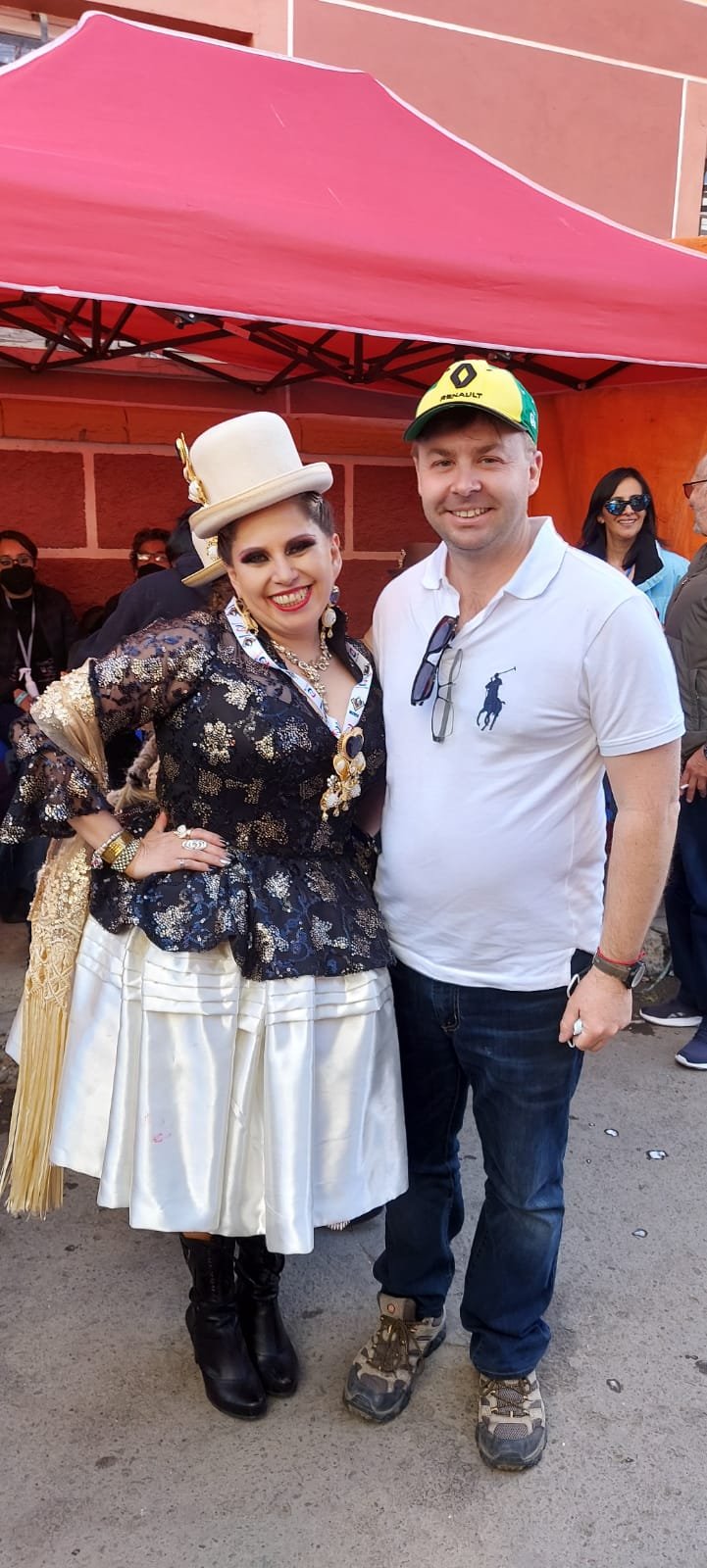


No responses yet